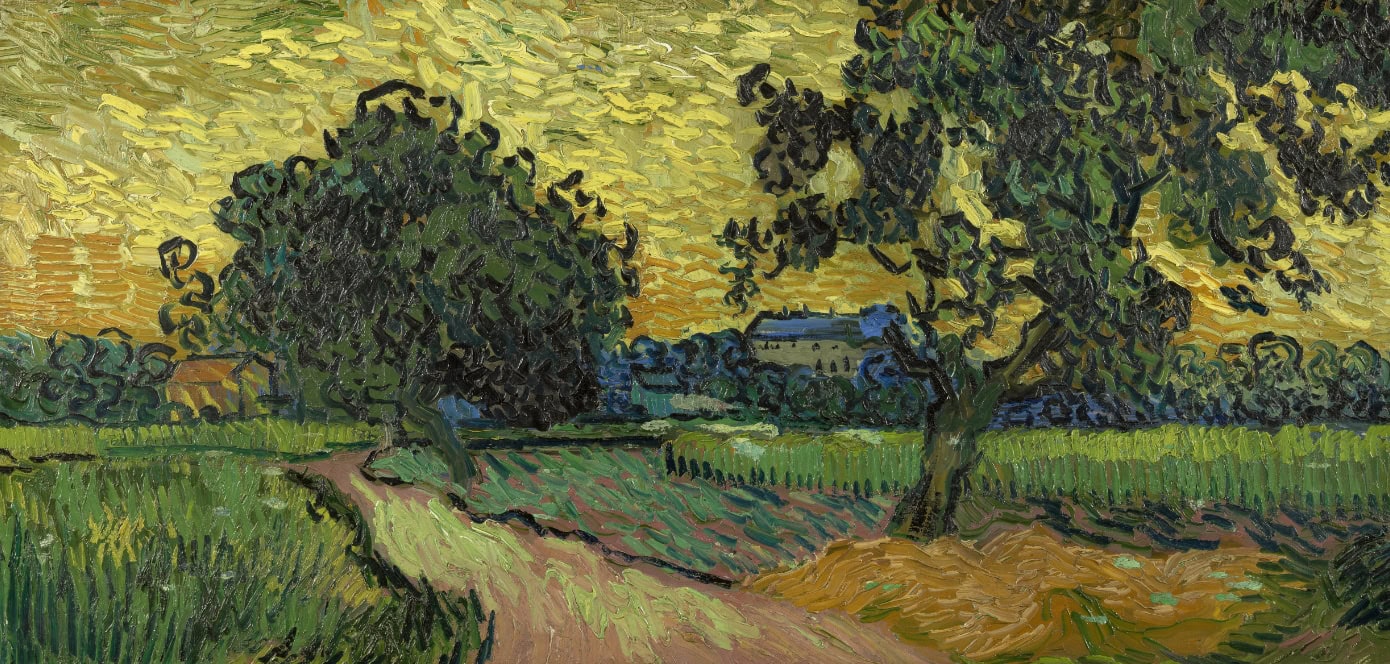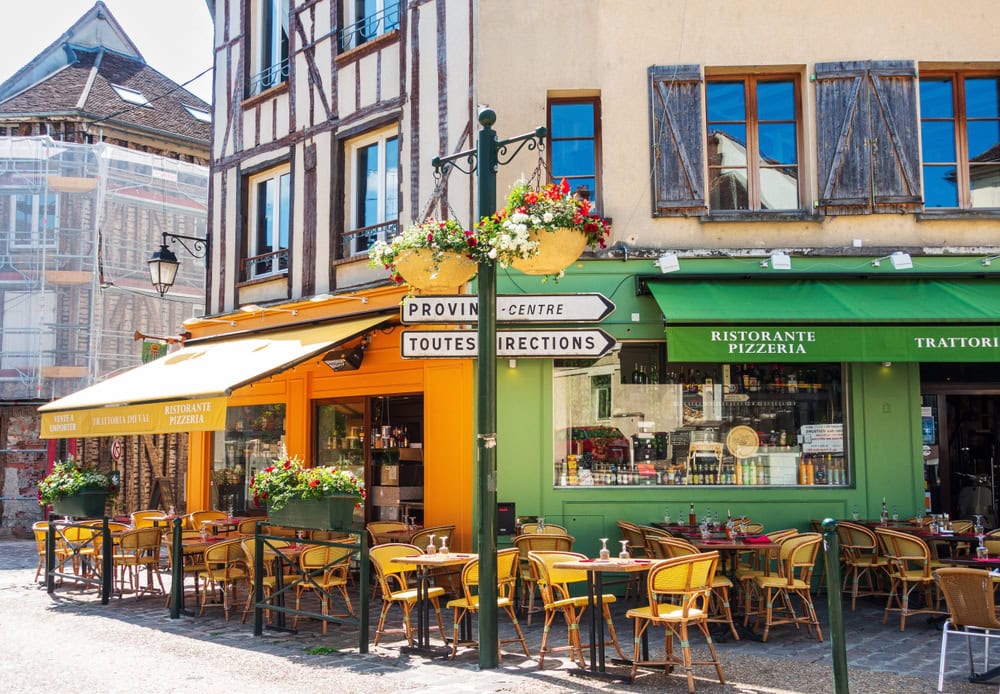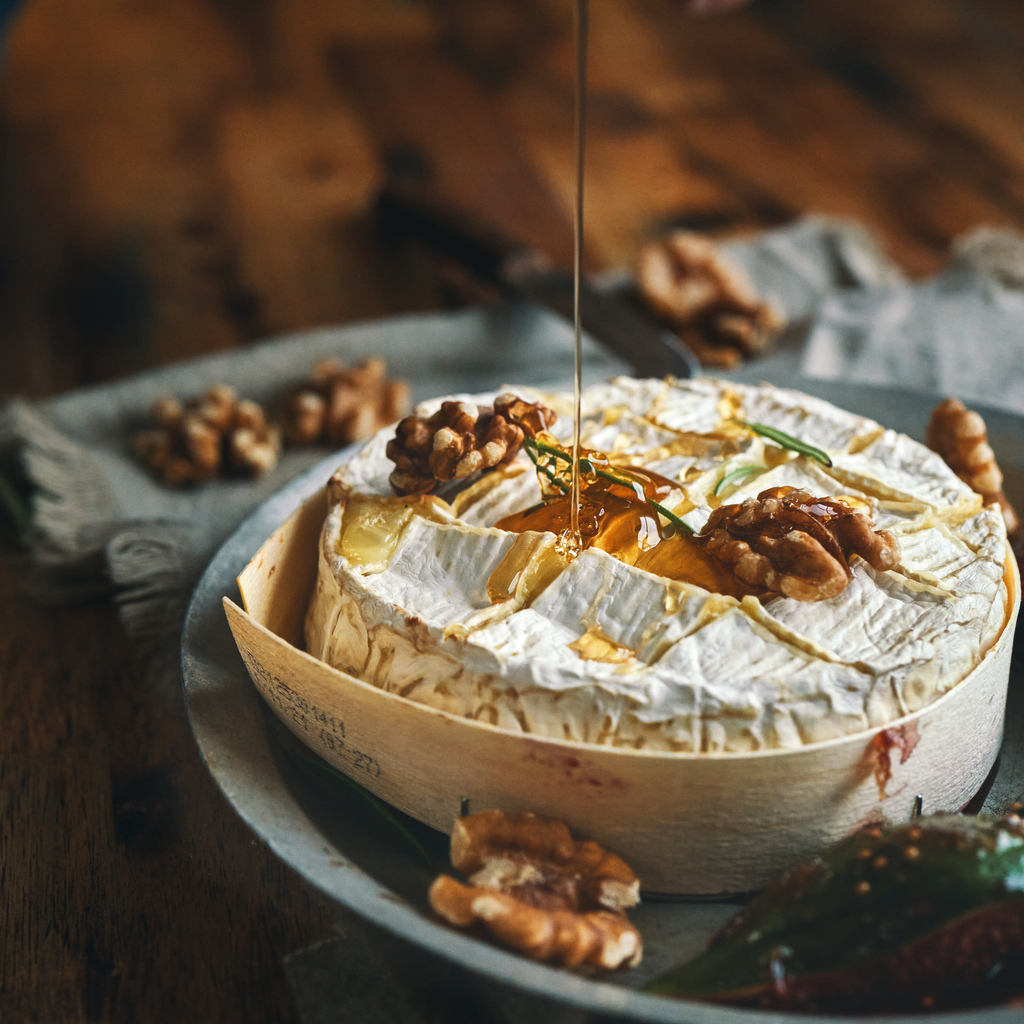
9 December 2024
French Regional Culinary Specialties
Teritoria takes you to the heart of France to discover the culinary specialties of its regions. From Provençal bouillabaisse to Burgundy’s coq au vin and Corsican pulenda, each dish tells the story of its origin. Ready to explore these authentic flavours?
Teritoria takes you on a delicious tour of French culinary specialties, complete with fascinating anecdotes to share at your next dinner party.
Culinary Specialties of Auvergne-Rhône-Alpes
Truffade
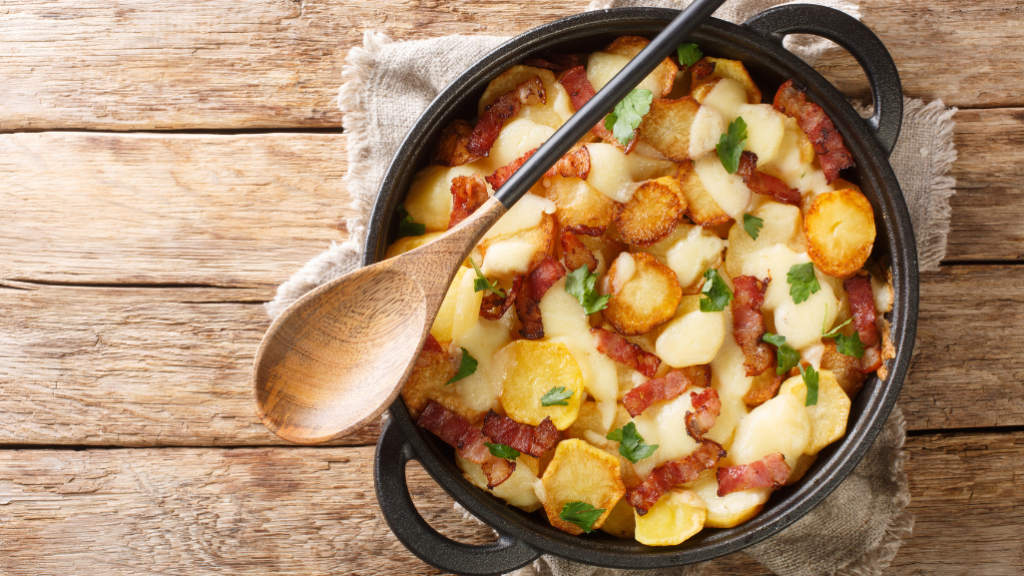
You might think it’s a truffle-based dish, but truffade is actually made with sautéed potatoes and fresh tome cheese. A comforting treat after a hike in the Alps!
Aligot
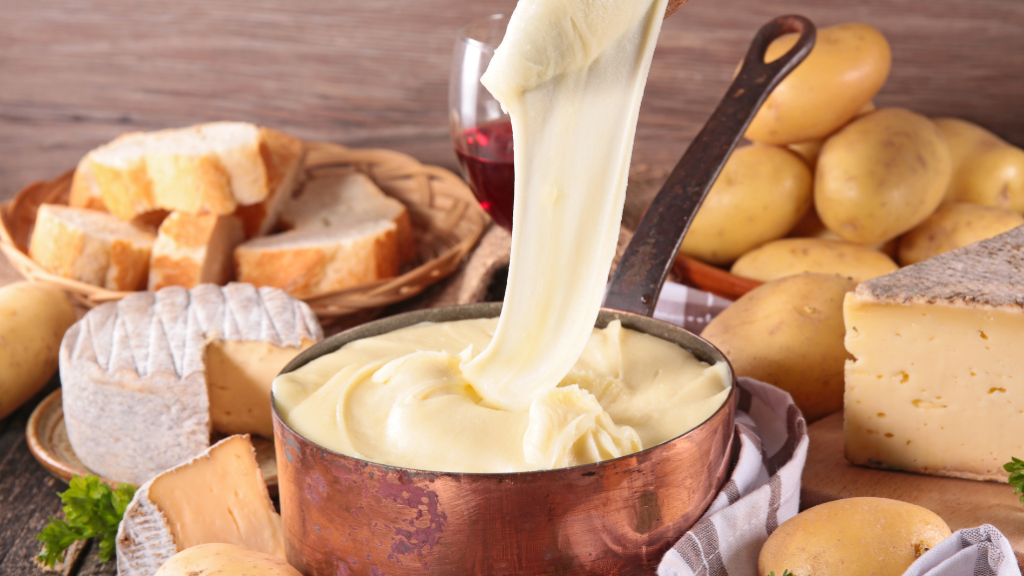
It takes stamina to prepare a good aligot. This ultra-creamy potato purée is stirred vigorously with fresh tome cheese and garlic until it stretches in long, silky strands. The record for the longest strand of aligot is 5.20 metres!
Culinary Specialties of Burgundy-Franche-Comté
Coq au vin
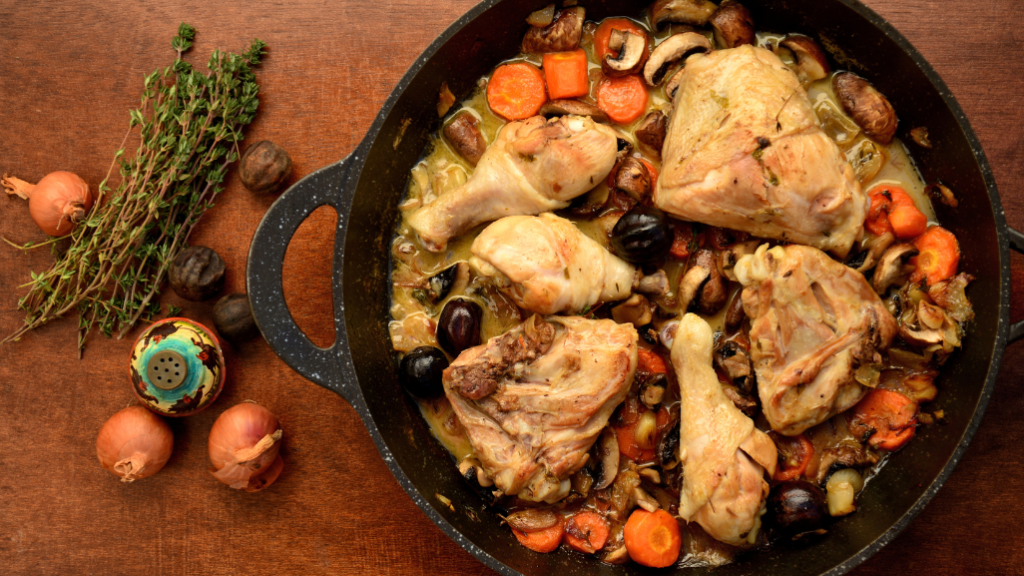
This emblem of French cuisine is said to date back to ancient Gaul and the Roman conquest. According to legend, Vercingetorix sent a rooster to Caesar, who invited him to dinner and served him the rooster… in wine! A diplomatic incident followed!
Burgundy snails
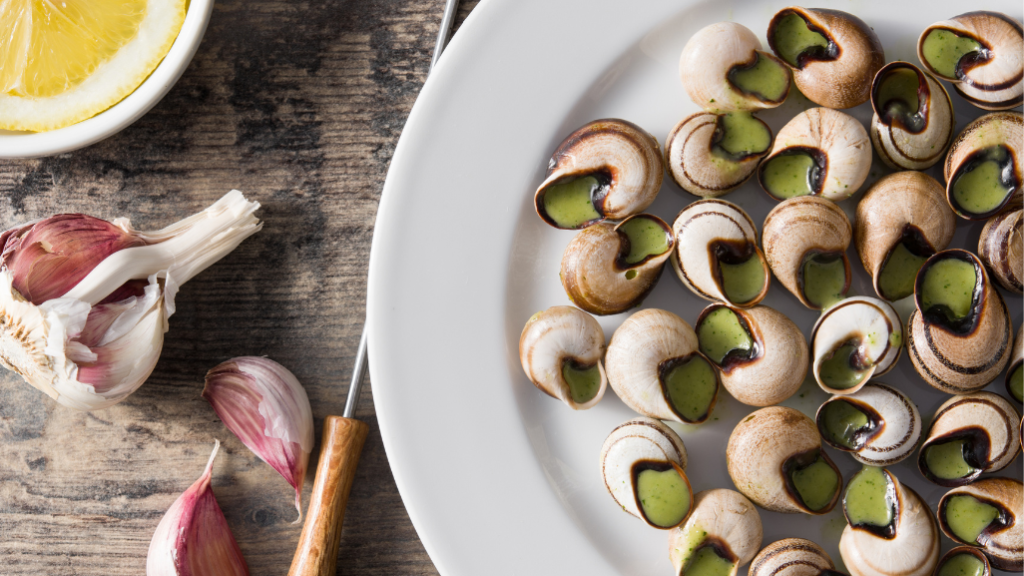
Simmered in garlic butter and parsley, escargot is a French delicacy that sparks strong reactions. In Burgundy, there’s even a brotherhood of over 1,000 members dedicated to celebrating this tiny gastropod.
Spécialités culinaires de Bretagne
Crêpes

You can’t visit Brittany without trying a delicious crêpe! But be warned: in the east, they say “galette” when it’s made with buckwheat, and “crêpe” when it’s made with wheat flour. Head further west, and everything’s just called “crêpe,” whether savoury or sweet. It’s a never-ending debate among the Bretons!
Kouign-amann
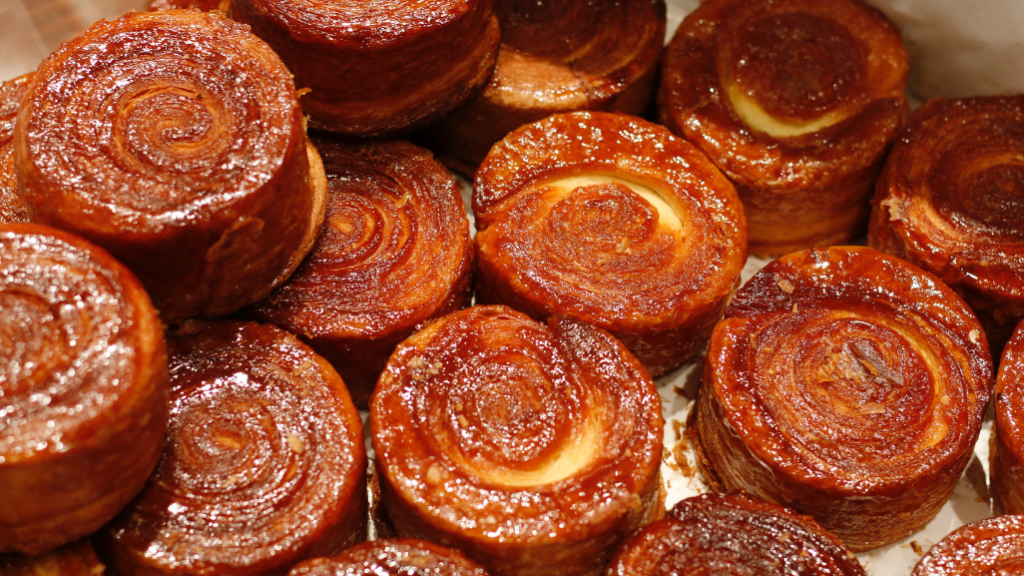
This might just be the richest cake you’ll ever taste! Made with puff pastry, semi-salted butter, and caramelised sugar, it’s impossible for anyone with a sweet tooth to resist.
Culinary specialties of the Centre-Val de Loire region
Rillettes
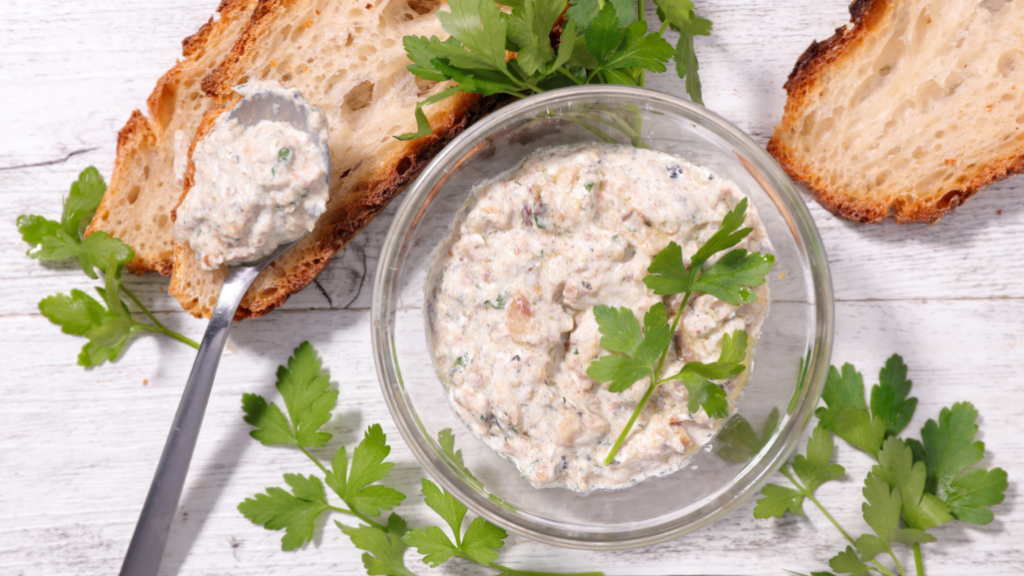
Yes, rillettes are a specialty of Touraine. This pâté, made from finely shredded pork, is slowly cooked in its own fat and seasoned with garlic and aromatic spices.
Tarte Tatin

This caramelized apple upside-down tart needs no introduction. Invented by the Tatin sisters in Lamotte-Beuvron, legend has it they created it by accident!
Corsican culinary specialties
Pulenda
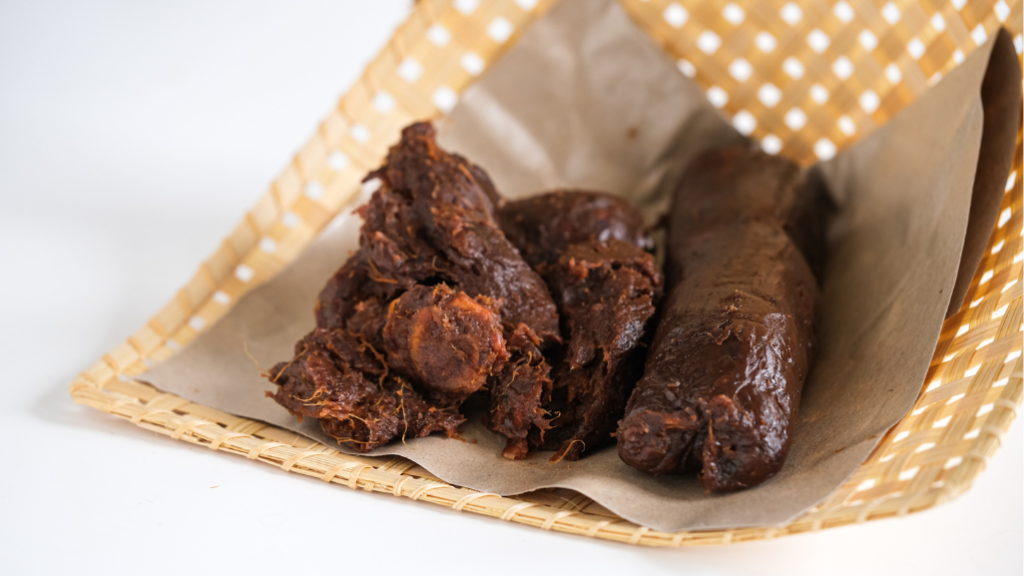
This is the bread of the mamos, Corsican grandmothers. Made from chestnut flour, water, and salt, it’s cooked in a pan, served wrapped in cloth, and cut with a knife. It’s often enjoyed with brocciu (a local cheese), figatellu (a pork liver sausage), and a fried egg.
Civet of Wild Boar
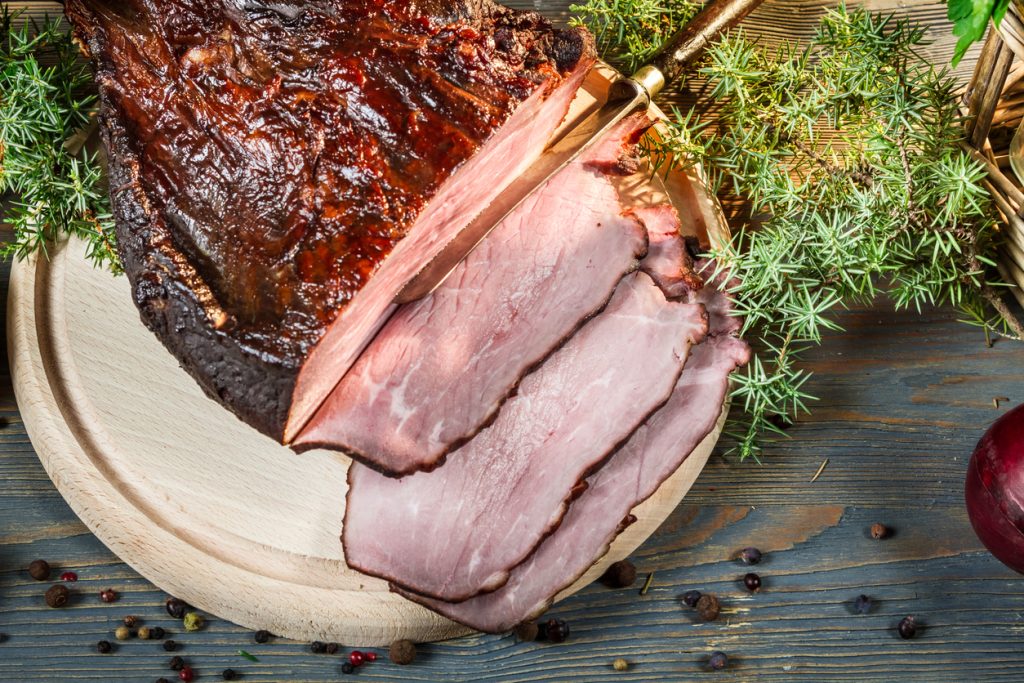
They say Corsica has wild boar in its larder, because it is a larder for wild boar. Roaming freely through the maquis, they forage whatever they need to season themselves to perfection.
Culinary specialties of the Grand Est region
Quiche lorraine
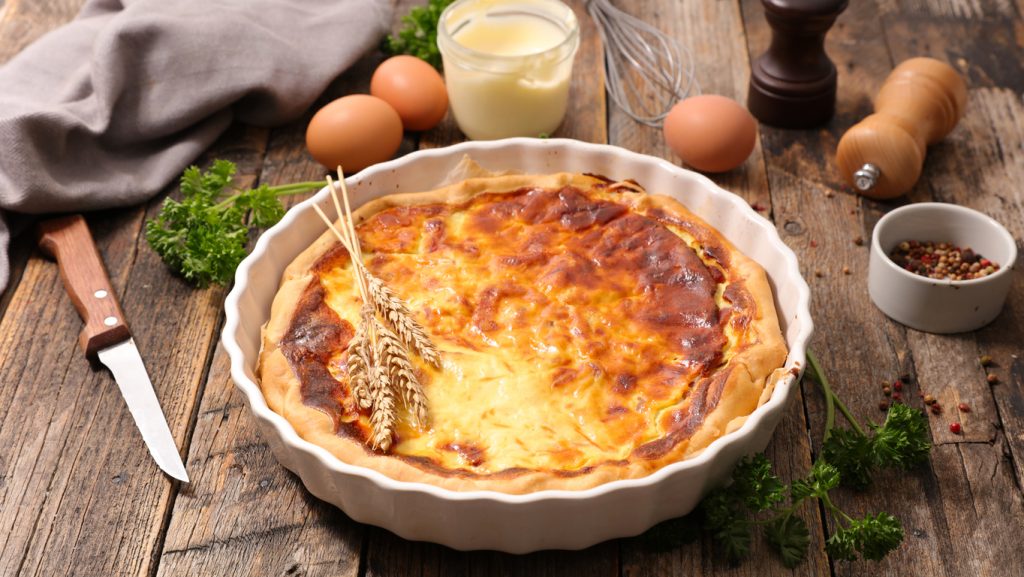
Today, this savoury tart made with shortcrust pastry, cream, eggs, and bacon is best enjoyed thick and hearty. But originally, it was a modest dish, closer to the Alsatian tarte flambée.
Reims pink biscuit
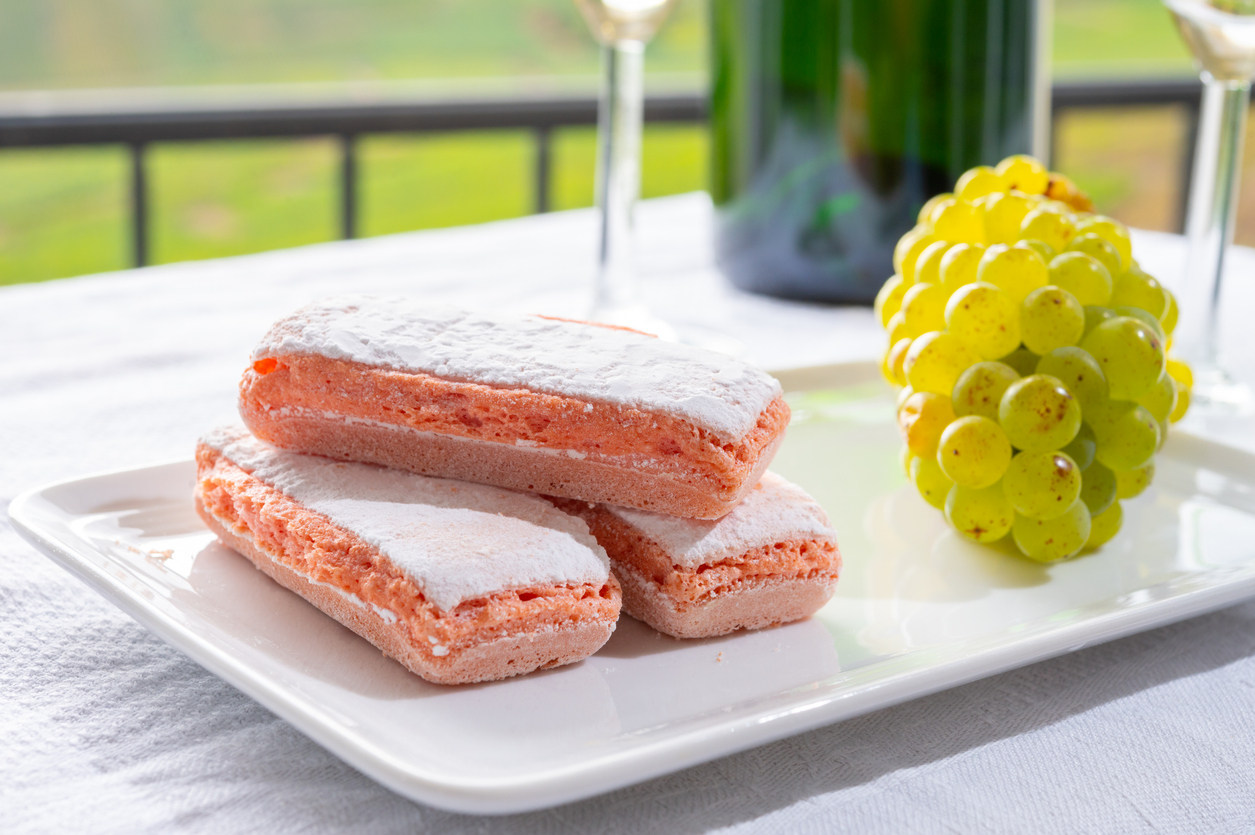
The creation of this delicious sweet biscuit dates back to the 1690s. Bakers from the Champagne region came up with the idea of a special dough that, after an initial baking, was left in the bread oven to dry out. Hence the word “biscuit”, from the Latin bis coctus, meaning “twice baked.”
Culinary specialties of Hauts-de-France
Flemish Carbonnade
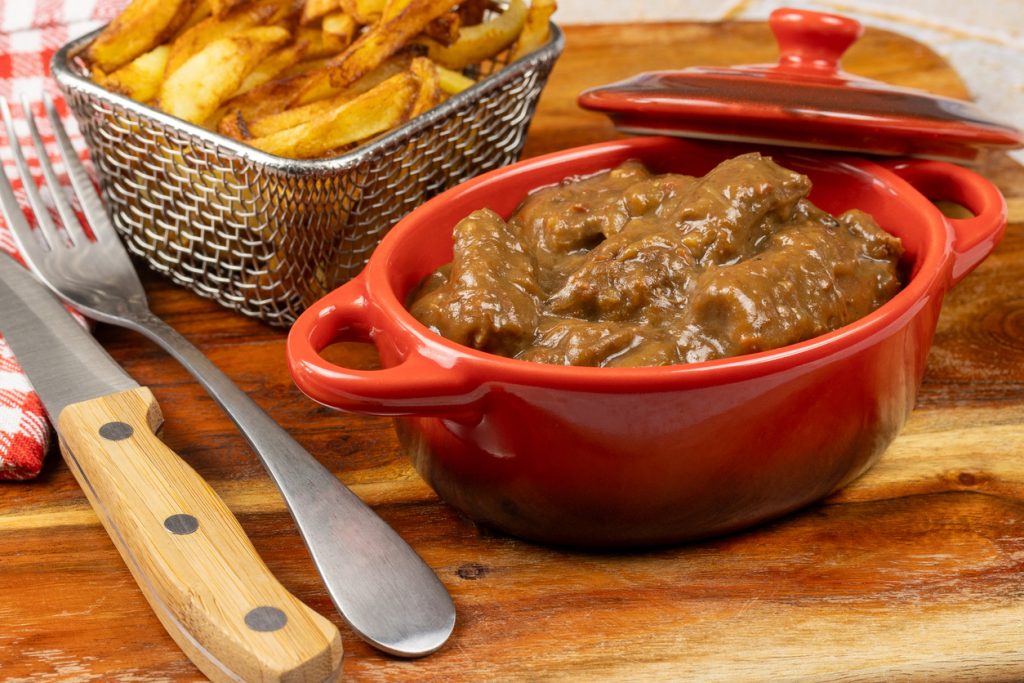
This comforting dish is a beef stew, similar to bourguignon, but cooked in beer! Just be warned: not just any beer will do. Go for a northern French beer or, if that’s not available, a good Belgian one.
Potjevleesch
Also known as “potch’,” this dish of cold meat in jelly originates from the Westhoek, a cross-border region between France and Belgium. Traditionally prepared in winter by farm women using the best cuts of meat, it was considered a true festive dish.
Culinary specialties of Île-de-France
Gratiné des halles
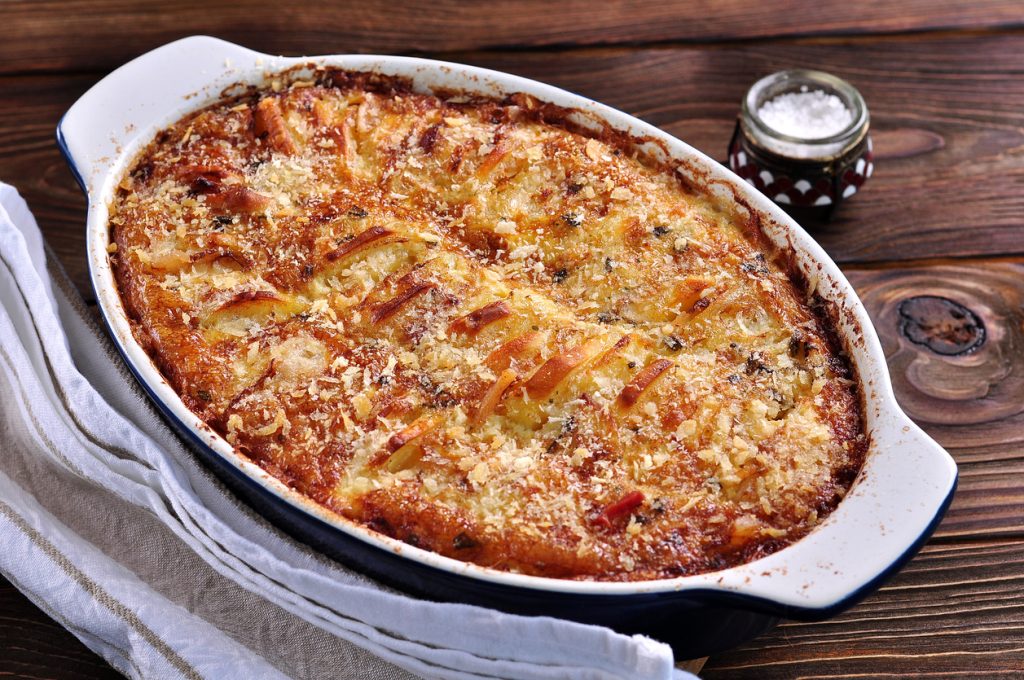
Also known simply as onion soup, this dish is served with stale bread and a generous layer of melted cheese. It dates back to the time when the market halls were still called “the belly of Paris.” Night owls would turn to this rich, comforting soup to recover from a night of heavy drinking.
Brie

From Meaux, Melun, Montereau, Nangis, or Coulommiers, these cheeses, as their names suggest, come from Brie, in the eastern part of the Paris Basin.
Culinary specialties of Normandy
Teurgoule
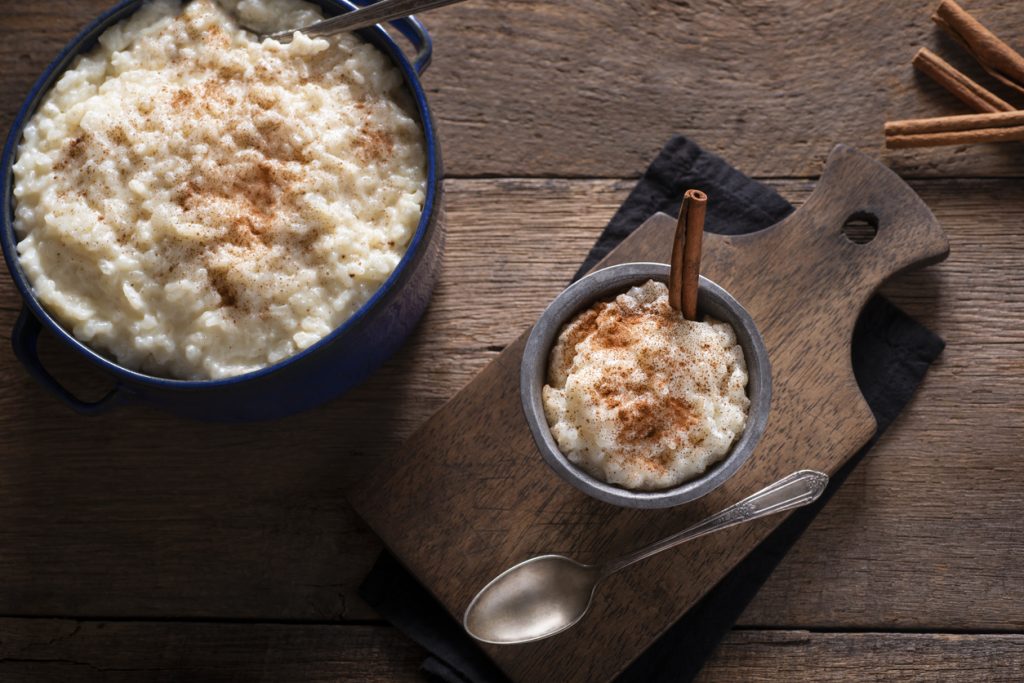
This specialty, made from rice and milk, is usually flavoured with cinnamon and cooked in a terrine. Its name originally means “twist-mouth”, a reference, some say, to how people would rush to eat it while it was still piping hot!
Trou normand
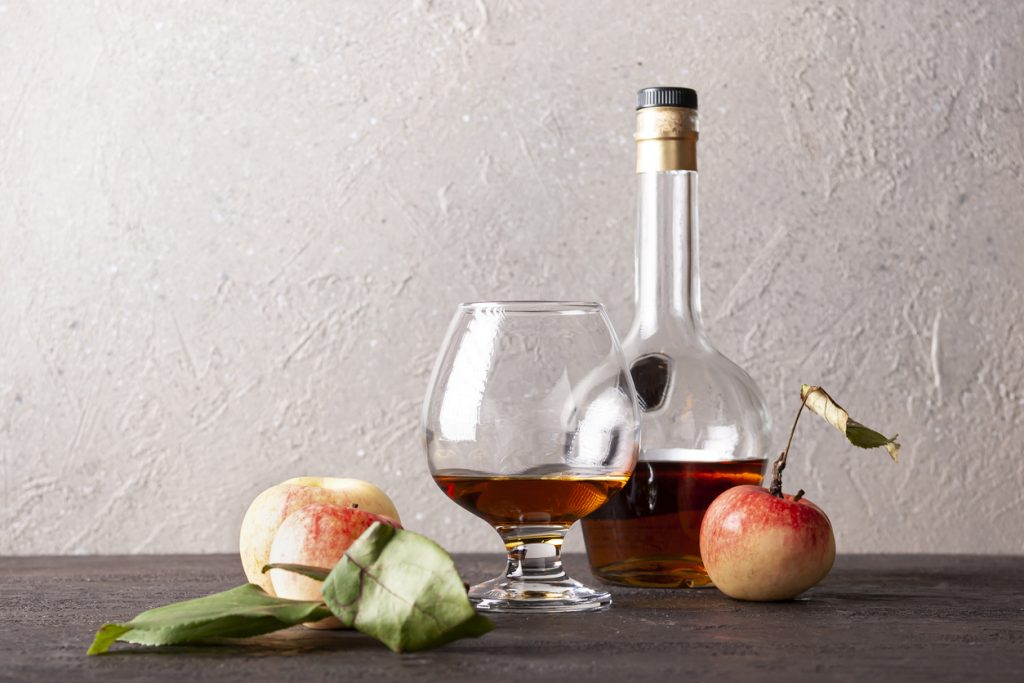
More than just a culinary specialty, the trou Normand (literally “Norman hole”) is a tradition. Normans drink Calvados, a brandy made by distilling cider, between courses to whet the appetite. At the end of the meal, it’s often served with apple sorbet.
Culinary specialties of Nouvelle-Aquitaine
Lamprey à la Bordelaise
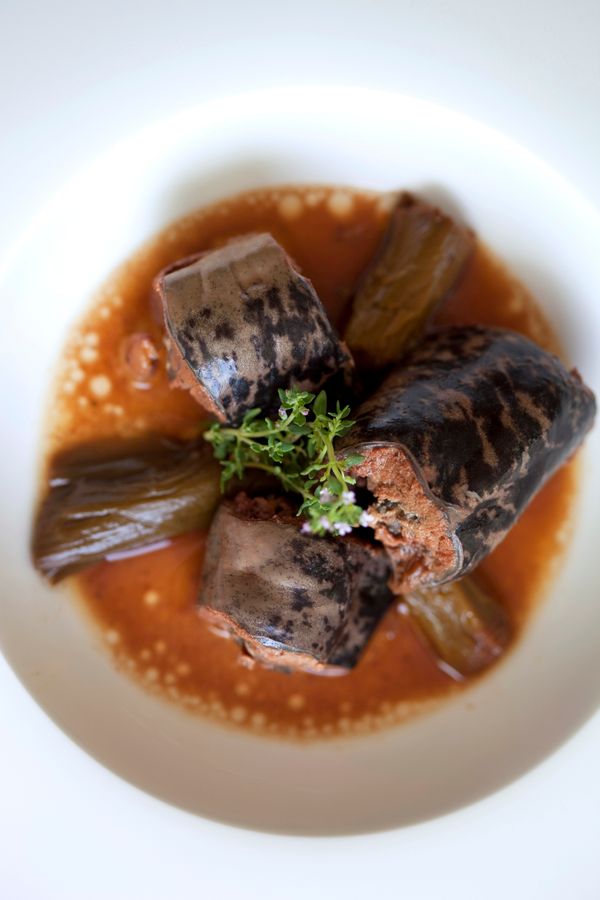
This is a rather unusual fish dish: lamprey is the only fish that’s bled alive, and its blood is used to prepare a red wine sauce. The recipe has been made this way since the Middle Ages.
Cannelé
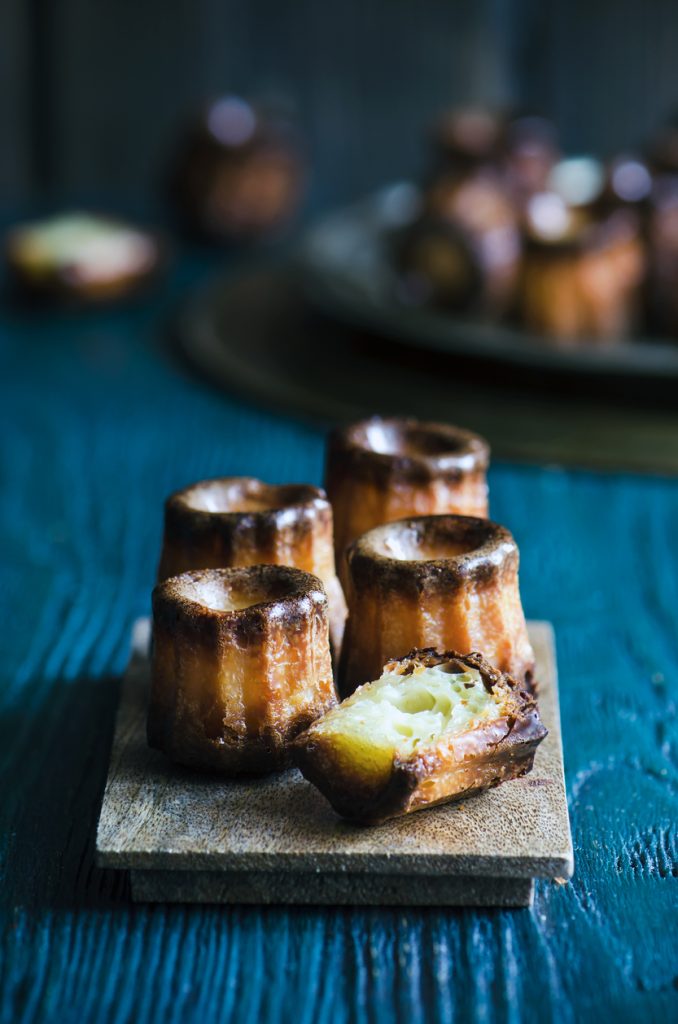
This small cake, shaped like a fluted cylinder with a soft, tender texture, is delicately flavoured with rum and vanilla. Legend has it that it was invented in the Annonciades convent in Bordeaux, where nuns prepared it to feed the poor.
Culinary specialties of Occitanie
Macaronade
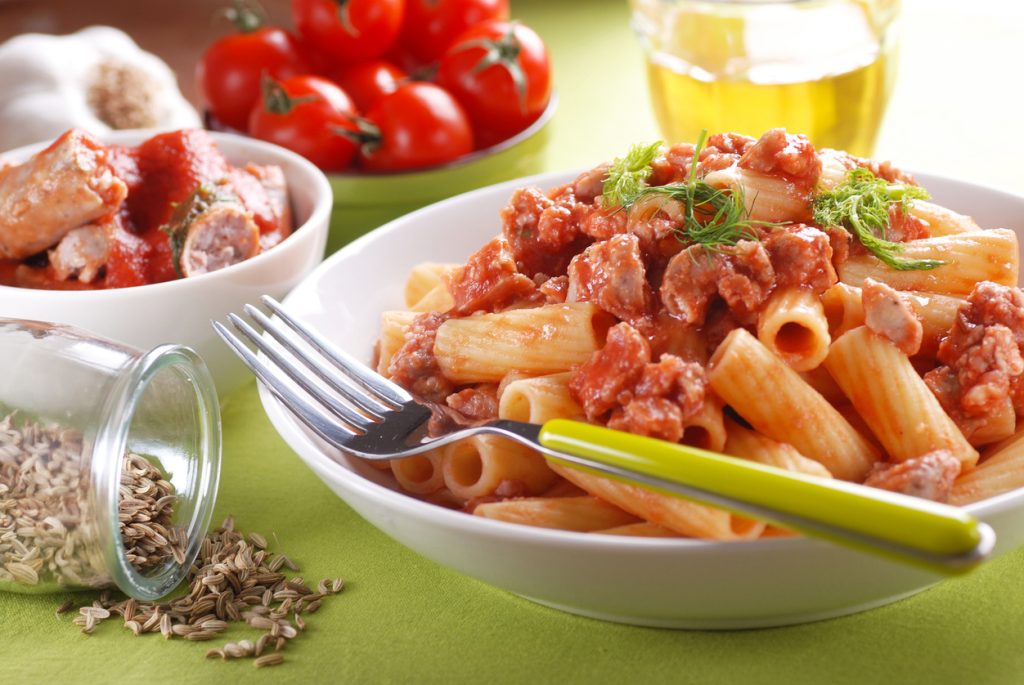
A traditional specialty from Sète, this dish is made with Toulouse sausages, pork ribs, brageole (a mix of beef and tomato sauce), and macaroni, hence the name macaronade! In Sète, when it’s made with spaghetti instead, they call it a spaghettade!
Salt Cod Brandade
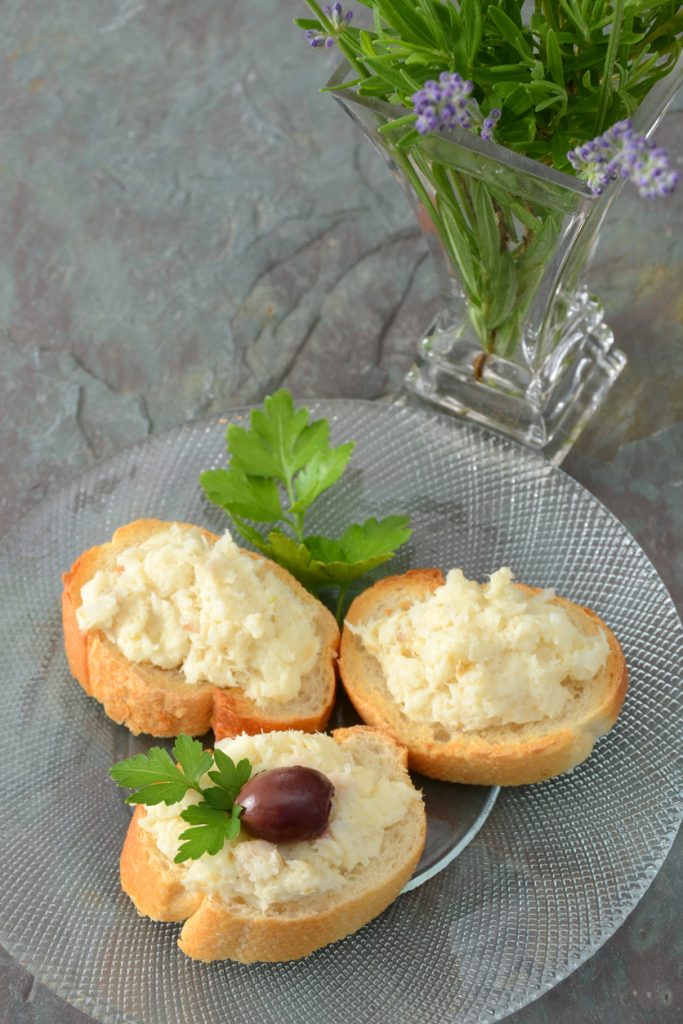
This specialty from the city of Nîmes is made with mashed potatoes and salt cod. Before the invention of refrigeration, cod was preserved by salting and drying, it was then known as morue. The people of Nîmes turned it into a delicious brandade!
Culinary specialties of the Pays de la Loire region
Berlingot Nantais
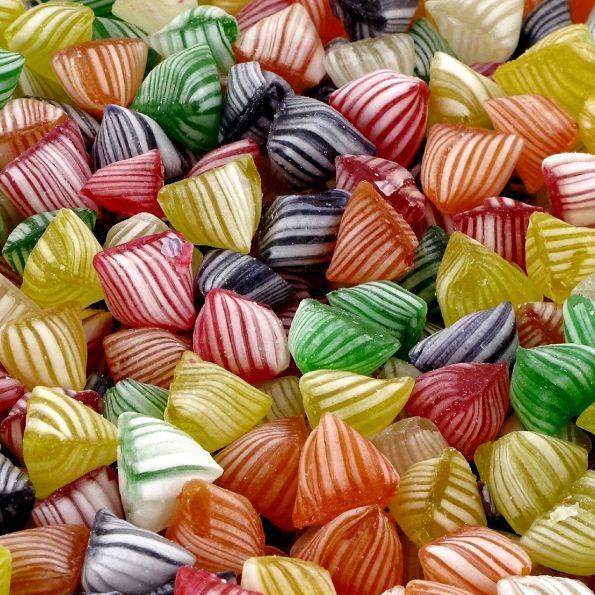
This candy was created in Nantes in the 19th century from flavoured cooked sugar. According to legend, Madame Couët received the recipe as thanks for giving alms to a poor woman. It was her daughter and son-in-law who made it famous by selling it from the ground floor of their home.
Rillauds
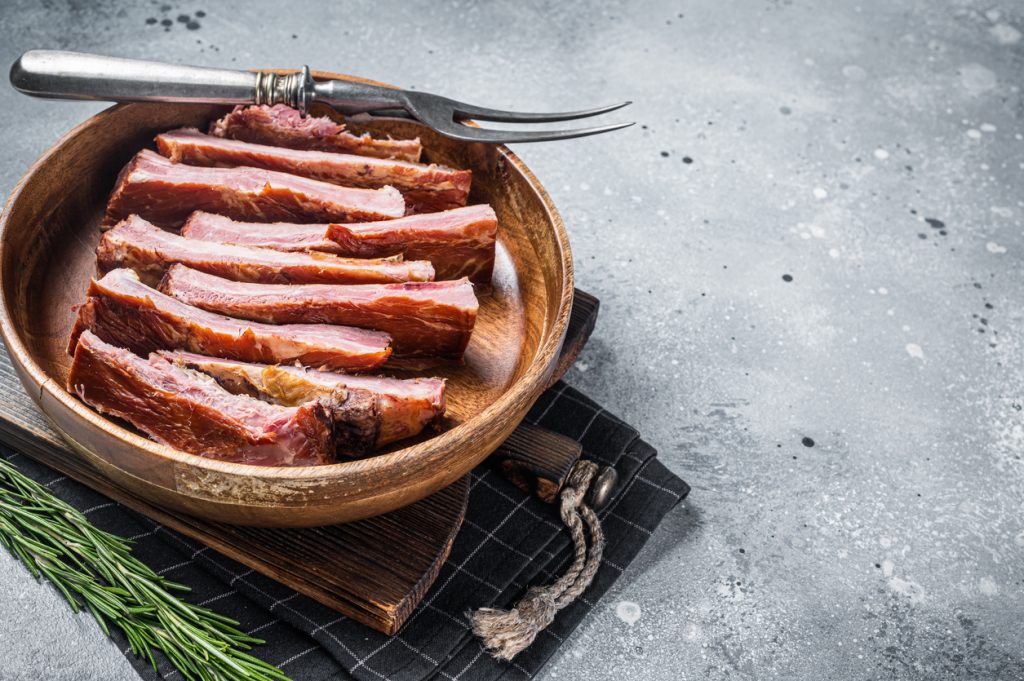
These are a charcuterie specialty from Anjou, made with confit pork. In Angers, people traditionally bought them hot on Sundays, while in Saumur, they were eaten cold for breakfast, often with a glass of white wine.
Culinary specialties of Provence-Alpes-Côte d’Azur
Ratatouille
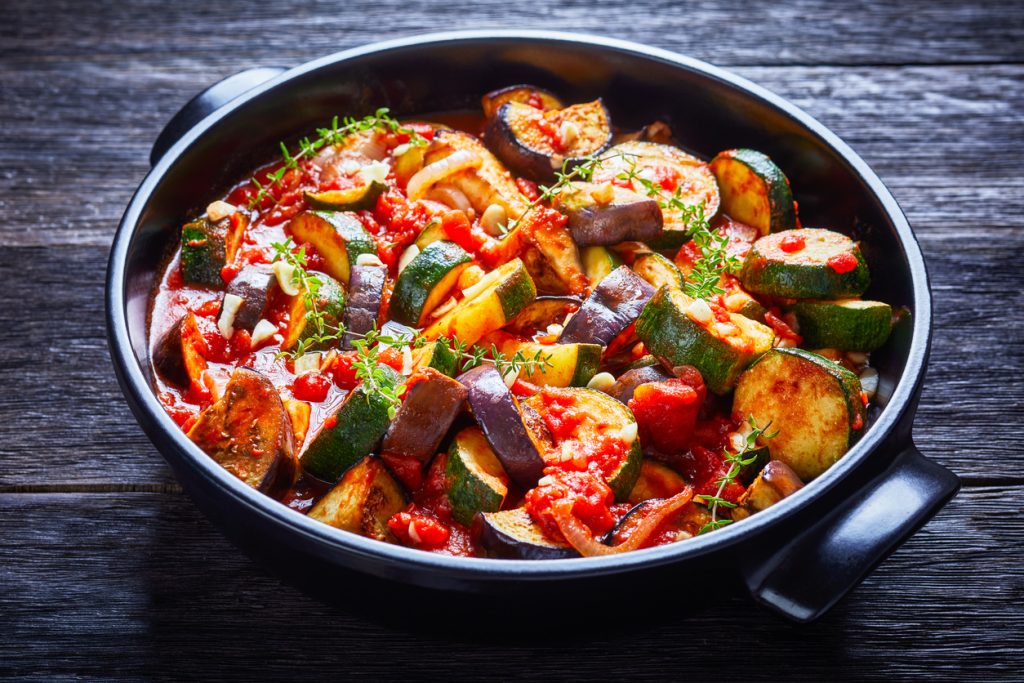
Everyone knows ratatouille, that delicious stew of Mediterranean vegetables cooked in olive oil! But did you know there are variations of it all around the Mediterranean? Italian caponata, Catalan samfaina, and Spanish pisto are just a few examples.
Bouillabaisse
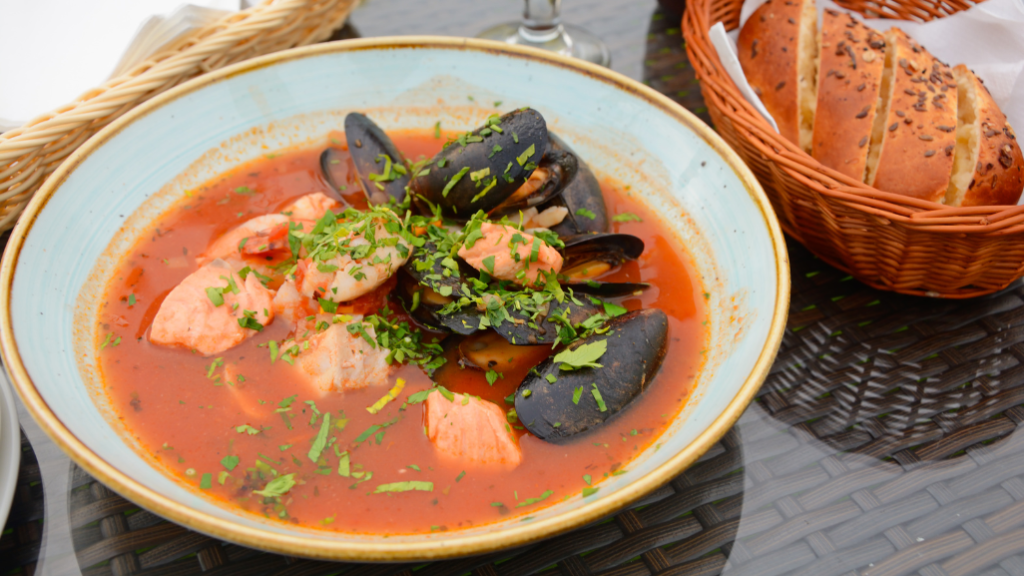
One of the symbols of Marseille, this dish is a fish soup served with garlic-rubbed croutons topped with rouille, along with pieces of fish and potatoes. The recipe dates back to ancient Greece and was adopted by Marseille when the city was founded in the 6th century BC.
Culinary specialties of the Overseas Territories
Rougail
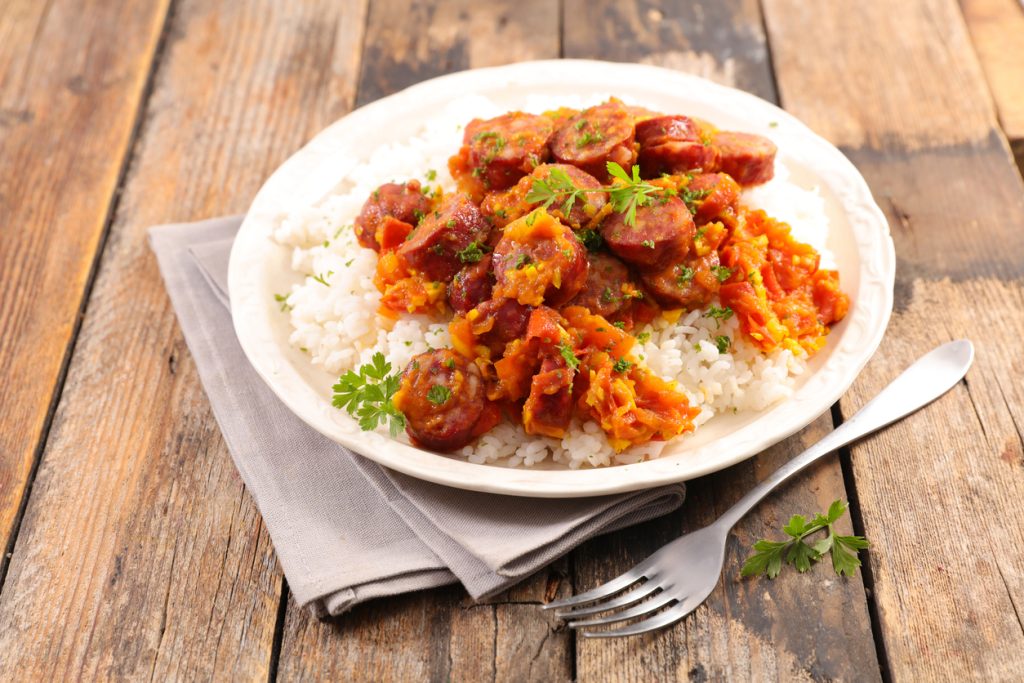
This iconic recipe from Réunion, and also known in Mauritius, is a dish made with vegetables and spices, often served with fish or meat. In mainland France, the best-known version is rougail sausage.
Bougnia Calédonien
This delicious dish is a stew made with starchy ingredients like taro, sweet potato, plantains, yams, and meat, all simmered in coconut milk. It’s a dish traditionally associated with sharing and reunion.
France is rich in extraordinary terroirs. Each region has its own specialties, shaped by local savoir-faire, history, and the gifts of nature. Traveling also means discovering regional flavors, and our restaurateurs understand this well. Proud of their roots, they are committed to showcasing their culture on every plate.
Introduce your loved ones to these French culinary specialties with a gourmet gift box from our gourmet gift box collection.
Find the perfect places to enjoy each of these specialties by consulting our selection of establishments in France and Europe that share the same values of authenticity and savoir-faire.
Check out our guide and stay up to date by signing up for our newsletter!
